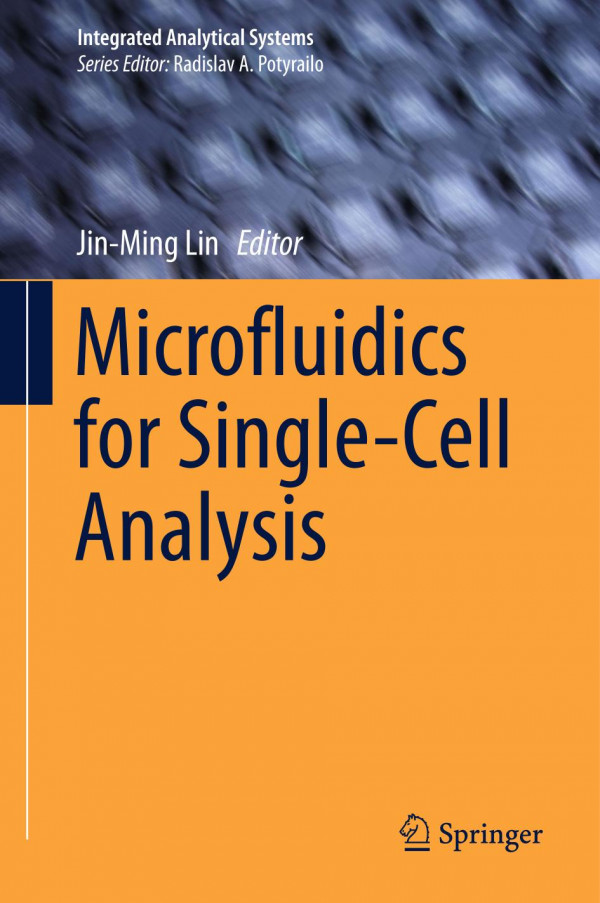

Most ebook files are in PDF format, so you can easily read them using various software such as Foxit Reader or directly on the Google Chrome browser.
Some ebook files are released by publishers in other formats such as .awz, .mobi, .epub, .fb2, etc. You may need to install specific software to read these formats on mobile/PC, such as Calibre.
Please read the tutorial at this link: https://ebookbell.com/faq
We offer FREE conversion to the popular formats you request; however, this may take some time. Therefore, right after payment, please email us, and we will try to provide the service as quickly as possible.
For some exceptional file formats or broken links (if any), please refrain from opening any disputes. Instead, email us first, and we will try to assist within a maximum of 6 hours.
EbookBell Team

4.1
70 reviewsThis book summarizes the various microfluidic-based approaches for single-cell capture, isolation, manipulation, culture and observation, lysis, and analysis. Single-cell analysis reveals the heterogeneities in morphology, functions, composition, and genetic performance of seemingly identical cells, and advances in single-cell analysis can overcome the difficulties arising due to cell heterogeneity in the diagnostics for a targeted model of disease. This book provides a detailed review of the state-of-the-art techniques presenting the pros and cons of each of these methods. It also offers lessons learned and tips from front-line investigators to help researchers overcome bottlenecks in their own studies. Highlighting a number of techniques, such as microfluidic droplet techniques, combined microfluidics-mass-spectrometry systems, and nanochannel sampling, it describes in detail a new microfluidic chip-based live single-cell extractor (LSCE) developed in the editor’s laboratory, which opens up new avenues to use open microfluidics in single-cell extraction, single-cell mass spectrometric analysis, single-cell adhesion analysis and subcellular operations. Serving as both an elementary introduction and advanced guidebook, this book interests and inspires scholars and students who are currently studying or wish to study microfluidics-based cell analysis methods.